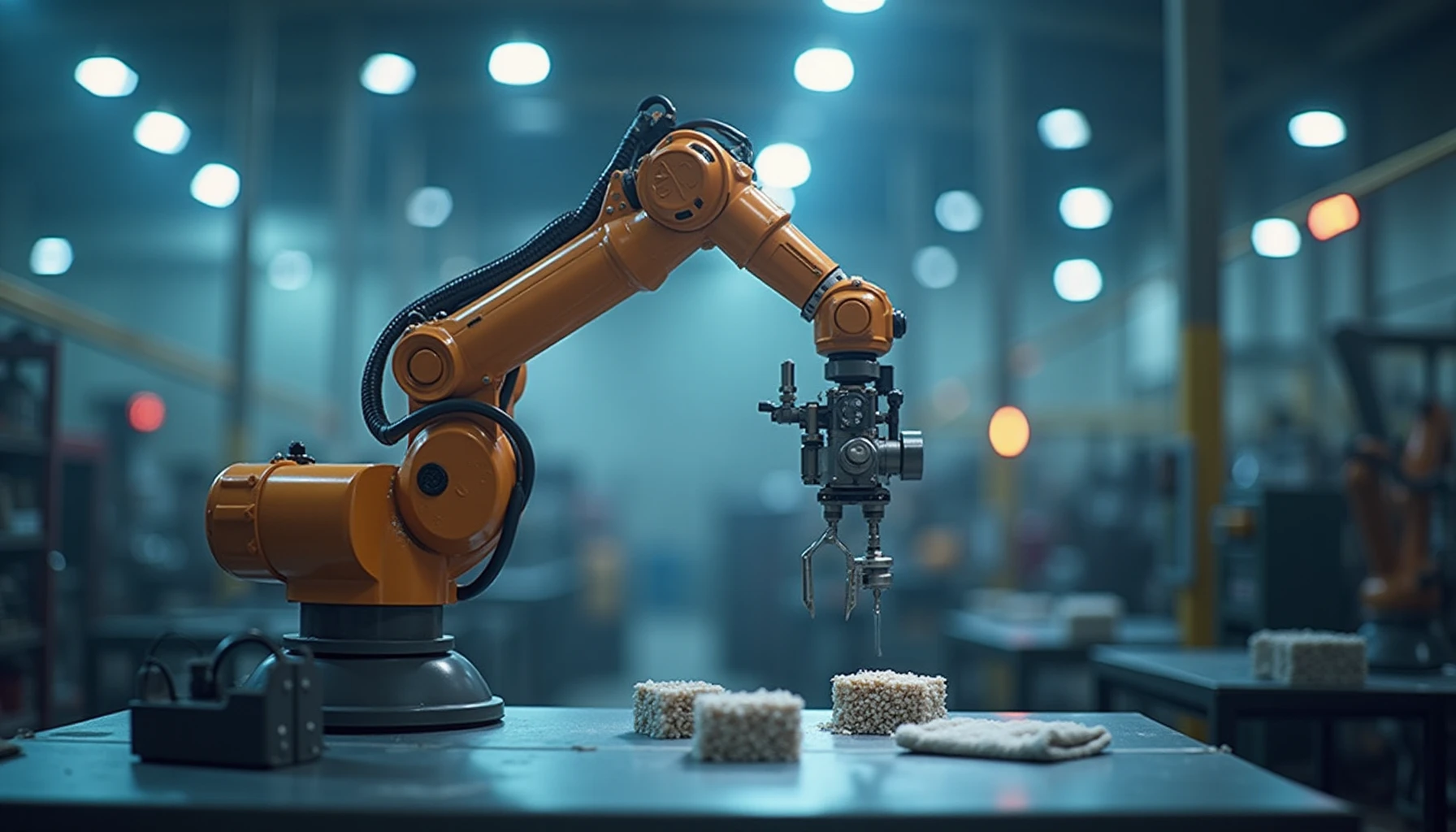Introduction: Why Computer Vision Matters in Manufacturing
Did you know that over 60% of manufacturers have already adopted some form of computer vision technology? As industries worldwide strive to enhance operational efficiency, understanding the role of this innovative technology is more important than ever. But how does it affect productivity and quality in manufacturing?
1. Understanding Computer Vision Technology
Computer vision refers to how computers can interpret and process visual information from the world around us. It uses algorithms and artificial intelligence to analyze images, recognize patterns, and make decisions without human intervention. By implementing computer vision in manufacturing, companies are able to automate quality inspections, reduce error rates, and enhance overall efficiency.
- Automated Quality Control: For example, manufacturers can use computer vision systems to identify defective products on assembly lines, which not only improves product quality but also reduces waste.
- Predictive Maintenance: Using visual data, companies can monitor equipment conditions to predict failures before they happen, leading to lower downtime and maintenance costs.
2. The Impact on Efficiency and Productivity
One of the critical areas where computer vision has made an impact is in increasing manufacturing productivity. Companies that have integrated this technology have reported productivity increases of up to 30% because of reduced manual labor and fewer errors.

- Streamlined Operations: By automating complex processes, manufacturers can ensure that operations run smoothly and quickly without the risk of human error.
- Real-time Monitoring: Computer vision provides real-time feedback, enabling immediate adjustments and ensuring that production lines never miss a beat.
3. Case Studies: Success Stories in Computer Vision Implementation
Consider the automotive industry, where major manufacturers have implemented computer vision for assembly line inspections. For instance, a leading car manufacturer recently achieved a 40% reduction in assembly errors by deploying computer vision systems that instantly flagged any misalignments or defects.
Another Example:
In electronics manufacturing, a firm used computer vision for surface mount technology (SMT) inspections, leading to a 50% improvement in defect detection rates compared to manual inspections.
4. Future Trends in Computer Vision for Manufacturing
While we are already seeing great advancements, the future of computer vision in manufacturing holds even more promise. Innovations such as augmented reality (AR) could provide even more complex analytics, helping workers visualize components and assembly processes.
- Integration with AI systems should evolve, allowing for even smarter decision-making in manufacturing processes.
- As the technology matures, we can expect to see wider adoption in smaller manufacturing entities, not just large-scale operations.
Conclusion: Embracing Change for Better Manufacturing
In conclusion, computer vision is not just a passing trend; it’s a vital part of modern manufacturing. By adopting computer vision technologies, manufacturers not only enhance productivity and quality but also pave the way for the future of Industry 4.0. Ready to explore how computer vision can transform your manufacturing processes? Start by researching suitable solutions today!





